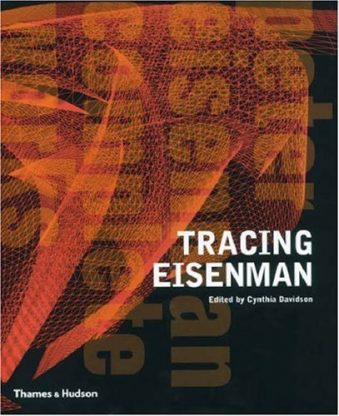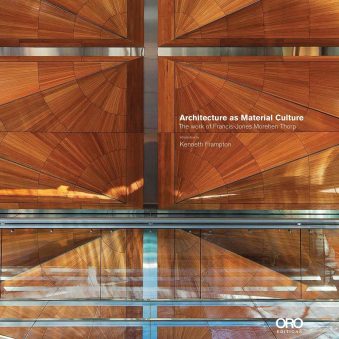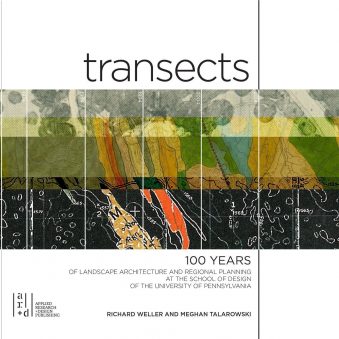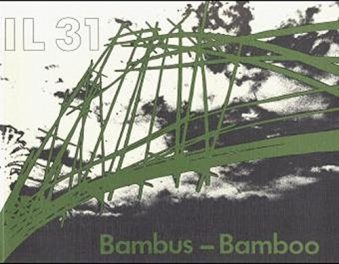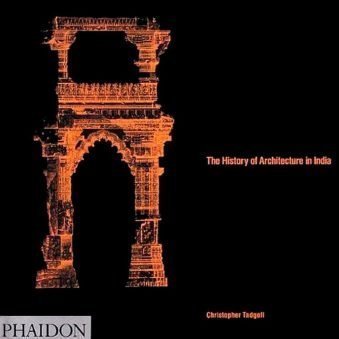- Empty cart.
- Continue Shopping
Ganges Water Machine: Designing New India’s Ancient River
₹1,500.00
- By
- Paperback: 402 pages
- Publisher: Oro Editions (25 March 2015)
- Language: English
- ISBN-10: 9780982622612
- ISBN-13: 978-0982622612
- Product Dimensions: 24.1 x 3.8 x 30.5 cm
Out of stock
Beyond the dense urbanism of Mumbai (Bombay) and the technology centres of Bangalore and Hyderabad lies the GangesRiver basin: a fertile alluvial plain of 1.1 million square kilometres in area, which is today home to over one-quarter of India’sbillion-plus population. While most of the basin sits within India, it extends into present day Bangladesh, Nepal, and Tibet. Notonly is the area one of the most densely populated river basins in the world, but every year it also undergoes radical physicalchanges. With the arrival of the southwest monsoon between late-June and late-August, over one metre of rainfall drenchesnorthern India. And, what is more, despite these drastic seasonal changes and population density, the basin remainsagriculturally productive. This book focuses on the overlaps and juxtapositions of these three conditions: Population Density -Monsoon – Agriculture. It is an atlas of built and unbuilt projects designed to transform the Ganges River basin. Since the middle of the nineteenth century, this watercourse has functioned as a laboratory to test and build a new civilisation around the culture of water management.Jointly authored by human actors and their shifting natural heritage, the Ganges River basin is today a machine in which the entire basin functions as a highly engineered hydrological super-surface. This surface has been constructed from innumerable interventions operating at vastly different scales – from massive state-sponsored canals toindividually-drilled wells. Because of the mixture of actors, the scale of inhabitation, and the widely varying techniques ofinterventions, this landscape of infrastructure requires a different kind of map. Reaching through the very heart of some of India’s most densely populated cities, small towns, industrial zones, sacred sites, and mountainous forests, Ganges Water Machine by Anthony Acciavatti, composed of eight years of field and archival research, explores and theorises about the people and infrastructures that shaped this territory. Ganges Water Machine is an atlas of the enterprise to make the Ganges River basin into a highly engineered landscape: it reveals the narratives and explanations that allowed engineers and planners to realise fantasies previously only imaginable on paper or in myth.
Review
Sumptuous, stark, encyclopedic and prescient, here find an atlas historical and visionary, grounded in serendipitous fieldwork and bold design. John R. Stilgoe, Harvard University”
From the Inside Flap
Ganges Water Machine expands the discussion of one of India’s most important natural and cultural resources: the Ganges River. It constructs a robust visual and historic archive of this most elusive watercourse–always articulating how infrastructure forms an aqueous braid between people and the land.
About the Author
Anthony Acciavatti, the principal investigator and author, is a graduate of Harvard University Graduate School of Design, and aprincipal of Somatic Collaborative, an award winning architecture and urban design practice in New York City. He has taught atColumbia University, Rhode Island School of Design, and Northeastern University. For almost a decade, Acciavatti has travelled by foot, boat, and car documenting the expanse of the river Ganges, from its source in the Himalayas to the historic city of Patna nearly 1,000km down stream. A J. William Fulbright Fellowship as well as grants from the Ford Foundation and Harvard University, amongst others, have supported his work on the Ganges. Rahul Mehrotra is Professor of Urban Design and Planning and Chair of the Department of Urban Planning and Design at the Graduate School of Design at Harvard University. He is a practicing architect, urban designer, and educator. His firm, RMA Architects, was founded in 1990 in Mumbai and has designed and executed projects for clients that include government and non-governmental agencies, corporate as well as private individuals and institutions.





